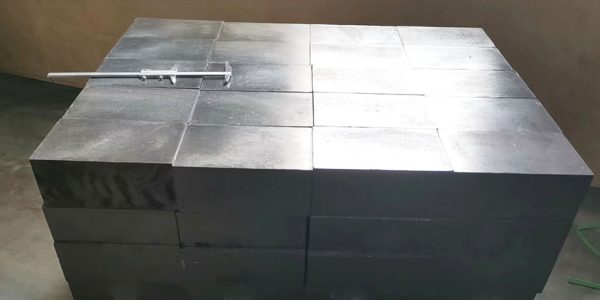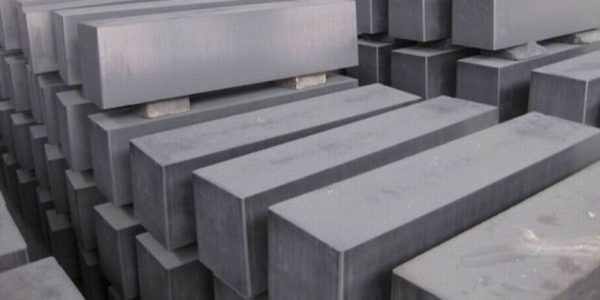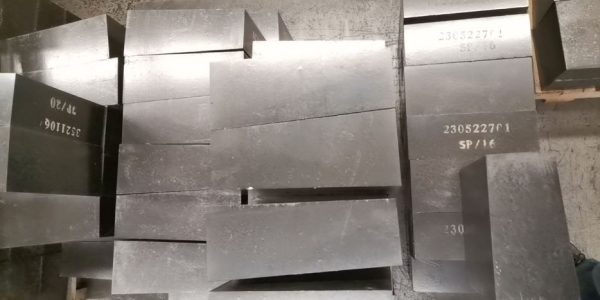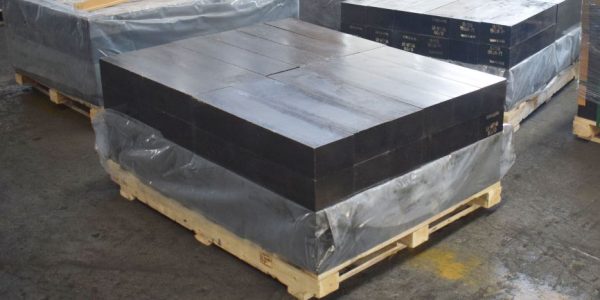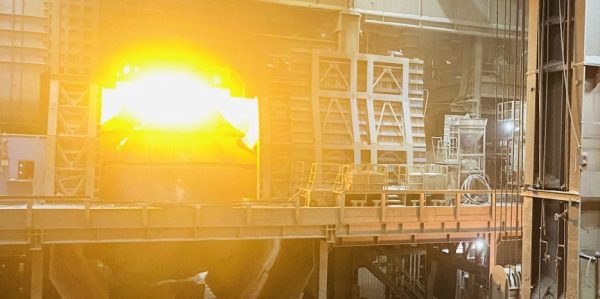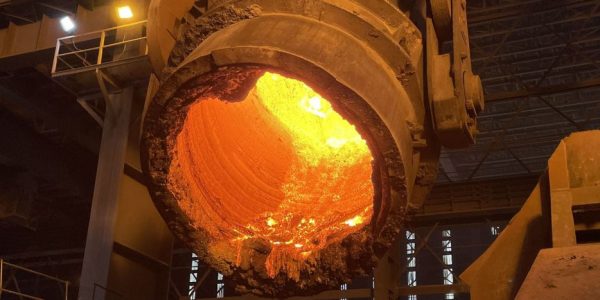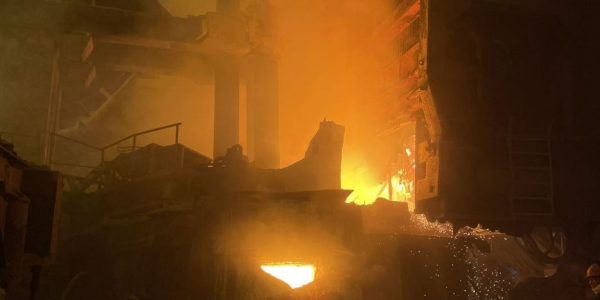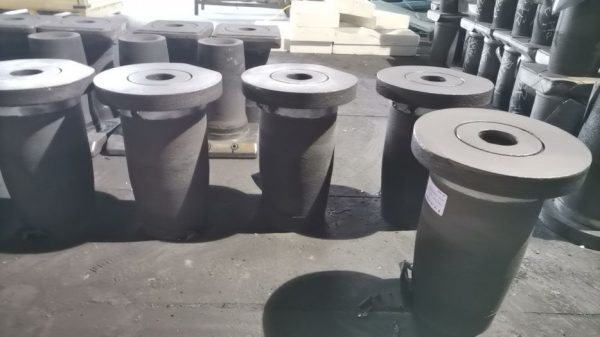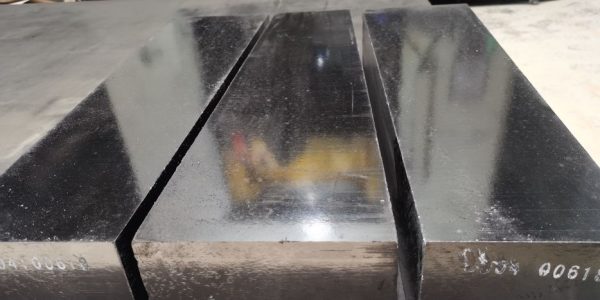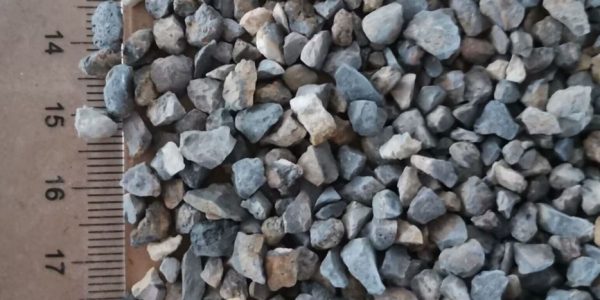What Is the Main Raw Material for Magnesium Carbon Brick?
The main raw materials for magnesia carbon bricks include fused magnesia or sintered magnesia, flake graphite, organic binders, and antioxidants. Magnesia carbon bricks are a crucial component in various high-temperature applications such as electric arc furnaces, converters, and ladles. One of the key factors contributing to their exceptional performance is the selection of raw materials. In this blog post, we will explore the main raw material for magnesia carbon bricks. And delve into its significance in the manufacturing process. The Main Raw Materials of Magnesium Carbon Brick 1. Magnesium Sand Magnesium sand stands out as a core raw material in the production of MgO-C bricks, with a distinction between electrofused magnesium sand and sintered magnesium sand. Fused magnesia is favored for its advantages, such as high bulk density and large crystalline grains. The magnesium sand used in MgO-C bricks for metallurgical equipment not only requires specific chemical composition but also emphasizes a high density and large crystalline structure to meet the demanding conditions of smelting. 2. Graphite Flake graphite actively functions as the primary carbon source for magnesia-carbon bricks, leveraging its exceptional physical properties such as non-wetting characteristics with slag, high thermal conductivity, and low thermal expansion, thereby establishing it as an ideal carbon source. The active utilization of high-purity graphite enhances the performance of the bricks. Furthermore, carbon black actively plays a role in improving spalling resistance, increasing residual carbon content, and actively elevating the density of MgO-C bricks. 3. Binders Common binding agents utilized in the production of MgO-C bricks encompass coal tar, coal pitch, petroleum asphalt, along with specialized carbonaceous resins, polyols, denatured asphalt phenolic resins, and more. These binding agents, upon carbonization under high-temperature conditions, form mosaic structures and in-situ carbon fiber materials, thereby enhancing the high-temperature performance of refractory materials. 4. Antioxidant To enhance the antioxidant properties of MgO-C bricks, manufacturers typically introduce small amounts of additives, including Si, Al, Mg, SiC, and B4C. These additives actively react with oxygen at operational temperatures from a thermodynamic perspective, creating substances with a greater affinity than carbon for oxygen, thereby prioritizing protection for carbon. From a kinetic standpoint, antioxidants actively alter the microstructure of carbon composite refractories, increasing densification, blocking pores, and hindering the diffusion of oxygen and reaction products, consequently actively improving refractory performance. Magnesium carbon brick is a type of refractory brick commonly used in various industries. It is made using the raw materials mentioned above and is known for its high thermal conductivity and resistance to corrosion.

